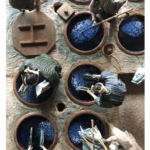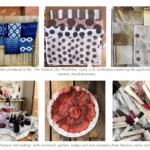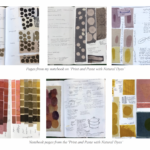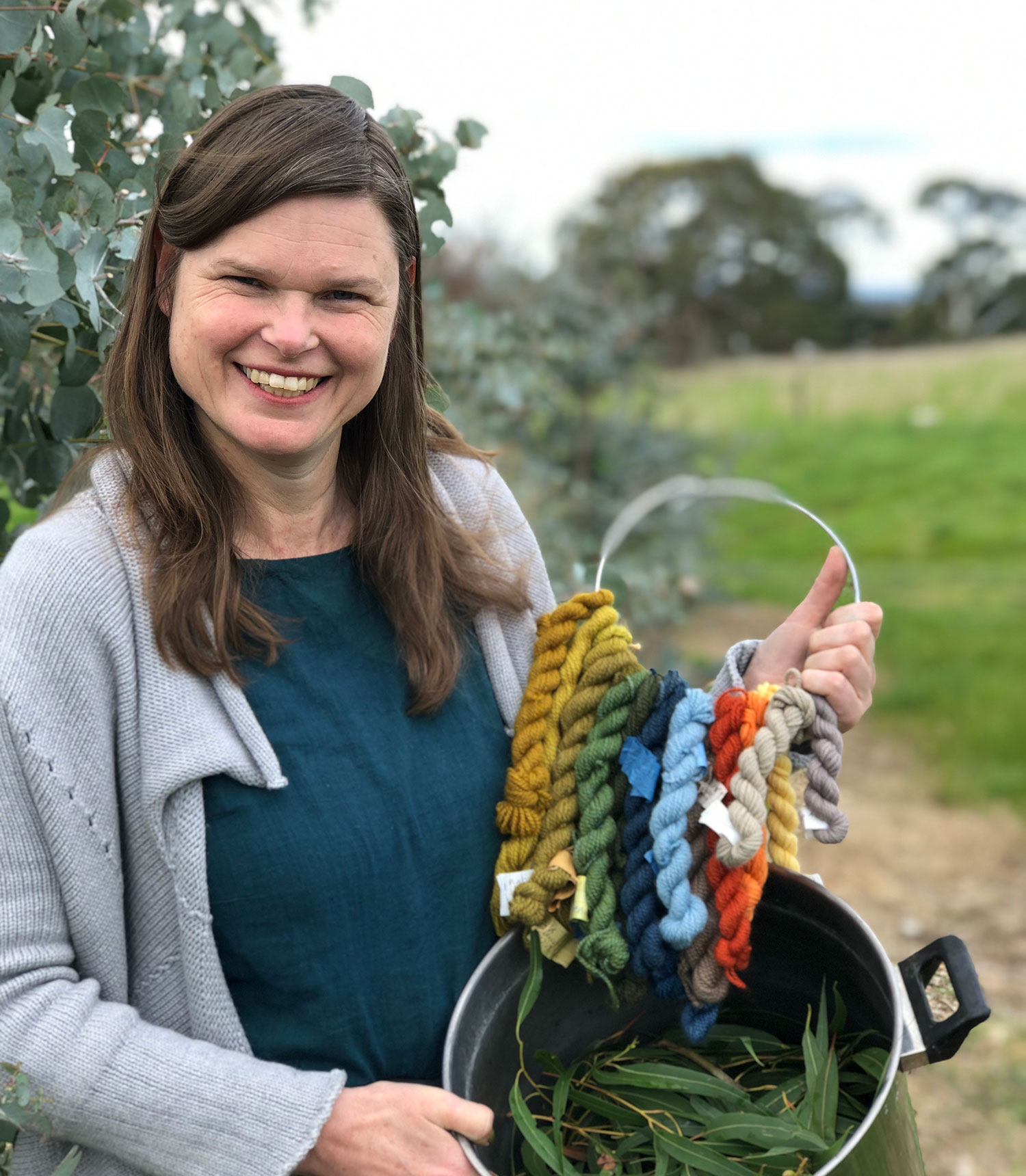Heather Thomas, a Melbourne-based natural dyer and designer, has released her new Churchill Fellowship report on natural dyes and their role in promoting sustainable textile production. Heather’s report is released amidst mounting concerns over the harmful effects of the textile dyeing industry on waterways globally.
Heather embarked on a mission to explore established botanical dye studios in Japan and the United States, to bring successful models back to Australia.
Heather’s groundbreaking report provides invaluable insights into this growing movement, with the pressing need for eco-friendly alternatives for dye.
Heather said: “Natural dyeing became a budding interest of mine the first time I tried boiling gum leaves and wool together 20 years, and a beautiful shade of orange appeared. I was hooked,”
“Around the world there is a growing interest in using natural dyes to colour textiles. This response is partly due to the concern people have about the significant damage the textile dyeing industry is causing in the pollution of waterways globally,”
The use of synthetic dyes has a negative impact on all life forms. Various substances found in textile effluents, such as sulphur, naphthol, vat dyes, nitrates, acetic acid, soaps, enzymes, chromium compounds, copper, arsenic, lead, cadmium, mercury, nickel, cobalt, and certain auxiliary chemicals, contribute to the high toxicity of the effluent. Additionally, harmful chemicals like formaldehyde-based dye fixing agents, chlorinated stain removers, hydrocarbon-based softeners, and non-biodegradable dyeing chemicals can be present in water. (Natural Science, Vol 4:1).
“It is hard to believe that every coloured textile and every coloured paint in the world was made from plants before 1850,” said Heather.
With over two decades of experience in working with natural fibers and plant colors, Heather’s expertise lies in the extraction of natural dyes.
She is particularly passionate about reviving traditional dyeing practices worldwide and their contribution to contemporary environmental sustainability.
Through her natural dye studio and label, Wild Heather, Heather is committed to promoting the use of natural dyes in textiles.
During her Churchill Fellowship, Heather visited renowned natural dye studios in Japan and the United States, learning from master dyers and exploring various techniques for extracting colors from plants, including indigo.
Heather’s research focused on overcoming challenges in working with natural dyes and developing more efficient and sustainable extraction methods. Heather’s journey also included participating in online masterclass workshops at the Maiwa Textile School in Canada, expanding her knowledge of plant dye chemistry and color applications.
Heather’s research revealed a growing demand for sustainable dyeing solutions in the local textile industry, with fiber producers, small designers, and individuals seeking environmentally friendly alternatives. However, she identified a lack of natural dye houses and professional practitioners in Australia capable of providing sustainable and cost-effective dyeing at scale.
Inspired by successful models abroad, Heather envisions establishing a small natural dyeing studio in Australia. This studio would offer workshops, training, research and development, and artisanal dyeing services, while preserving ancient craft traditions.



